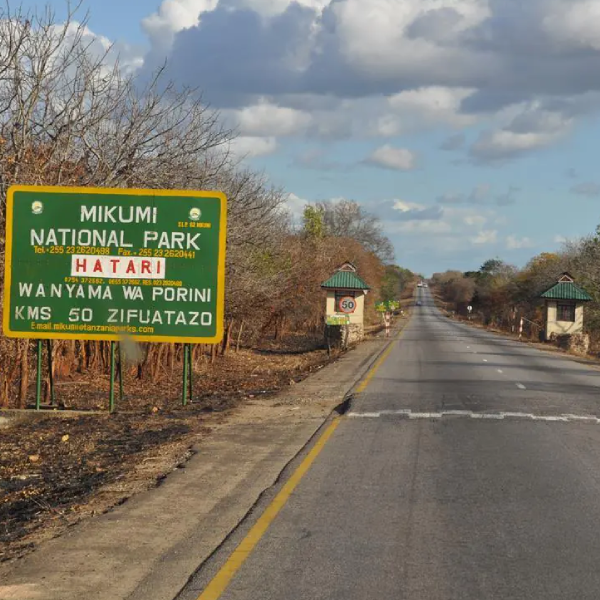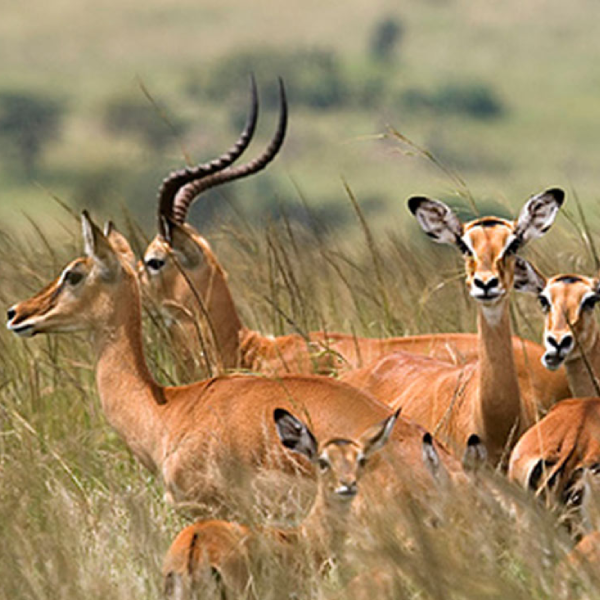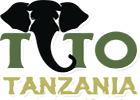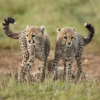Mikumi National Park, located in southeastern Tanzania, is one of the country’s most accessible wildlife destinations. Covering over 3,230 square kilometres, it boasts a variety of landscapes, including open plains, miombo woodlands, and wetlands. The park is home to a rich diversity of wildlife, including elephants, lions, giraffes, zebras, and over 400 bird species. Mikumi is part of the larger Selous ecosystem and offers excellent game viewing, especially for first-time visitors, due to its proximity to Dar es Salaam and affordable safari options. It’s an ideal destination for both day trips and longer safaris.
Getting There
Mikumi National Park is conveniently located just 283 kilometers from Dar es Salaam, Tanzania’s largest city. It is accessible by road, with a well-maintained highway leading to the park entrance. The journey takes approximately 4-5 hours, making it ideal for a weekend getaway. For quicker access, visitors can fly to the park’s nearest airstrip, Mikumi Airstrip, from Dar es Salaam or other regional airports. Once inside the park, safaris are typically done via guided game drives in 4x4 vehicles, allowing for an immersive experience of the wildlife and landscape.
Things to Do
- Game Drives: Explore Mikumi’s diverse landscapes on morning and afternoon game drives.
- Birdwatching: With over 400 bird species, the park is a paradise for bird enthusiasts.
- Walking Safaris: Guided walking tours offer a closer look at the park's flora and fauna.
- Photography: Capture wildlife and stunning scenery, from elephants by the river to sunsets over the plains.
- Cultural Visits: Explore nearby villages to learn about the local culture and traditions.
- Night Drives: Available in some areas, offering a chance to see nocturnal wildlife in action.
When to Go
The Best Time to Visit Mikumi National Park is during the dry season, from June to October. During this period, animals congregate around waterholes, making wildlife sightings more frequent and easier. The weather is generally sunny and pleasant, ideal for game drives. The wet season (November to May) offers lush green scenery and fewer tourists, but wildlife can be more dispersed and harder to spot. For the best safari experience, plan your visit during the dry months, particularly from July to September, when the park is at its most vibrant for wildlife viewing.










